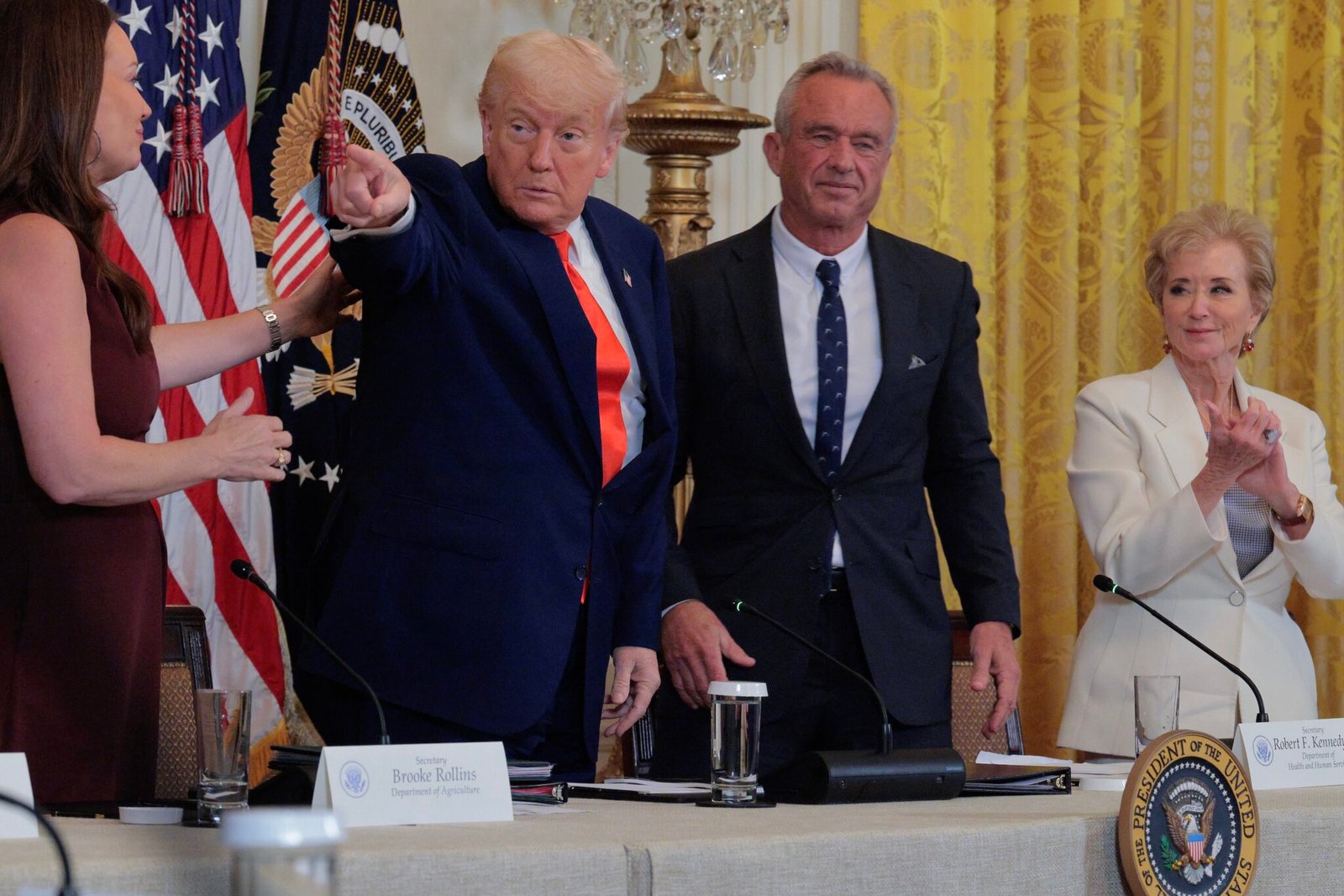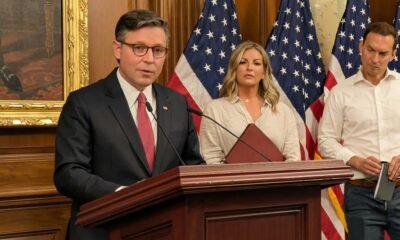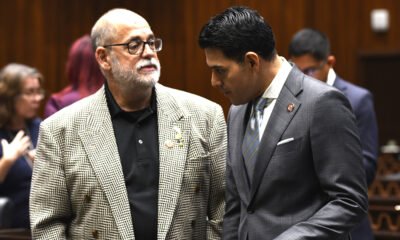budget
Trump Unveils Bold Budget Proposal: $163 Billion in Domestic Cuts on the Table

WASHINGTON — On Friday evening, the Trump administration unveiled an extensive budget proposal, providing essential details for Congress to draft annual government funding bills.
The 1,224-page document outlines specific areas where President Donald Trump and budget director Russ Vought seek cuts to federal spending in the upcoming fiscal year, emphasizing a $163 billion reduction in domestic spending while proposing to maintain flat funding for defense programs.
Earlier this year, a preliminary version of the budget hinted at plans to reshape approximately $1.7 trillion in discretionary funding. However, it lacked critical specifics required by Appropriations committees to commence their deliberations.
The recently released appendix document aims to fill this gap, though it does not encompass a complete budget request. Key elements like mandatory programs such as Medicare, Medicaid, and Social Security, which account for two-thirds of federal spending, are not included. Such spending is mandated by law and doesn’t fall under annual appropriations.
A complete budget proposal usually outlines tax policy changes as well. But, with Congress actively pursuing an extension of the 2017 GOP tax law, these sections may hold little relevance for lawmakers at this stage.
As work on funding bills initiates, the House Appropriations Committee plans to release and discuss its 12 government funding bills throughout June. Chairman Tom Cole, R-Okla., is expected to align funding levels closely with the White House’s request, allowing bills to advance with a simple majority vote.
Conversely, Senate Appropriations Committee Chairwoman Susan Collins, R-Maine, faces a more complex process, as regular bills necessitate bipartisanship for a successful vote, even with Republicans holding a slim majority of 53 seats in the Senate.
Historically, Senate bills tend to resemble the final versions that become law more closely than their House counterparts, though this is not always the case.
Both chambers aim to reach a bipartisan agreement on the dozen funding bills before the next fiscal year commences on October 1, although this objective is often unmet. More likely, Congress will resort to a stopgap spending measure to allow additional time for negotiation over hundreds of government programs.
Failed negotiations in the previous fiscal year led Congress to rely on three continuing resolutions to sustain government operations.
Concerns about potential funding cuts may escalate if key congressional leaders, including Cole, Collins, and House ranking member Rosa DeLauro of Connecticut, fail to secure a consensus before their deadline.
A lack of any funding legislation, either through the proposed bills or a temporary spending measure, could precipitate another partial government shutdown. In response to the recent budget release, Senator Patty Murray, D-Wash., expressed disappointment, stating that the proposal is detrimental to working-class citizens and unlikely to gain traction in Congress.
Murray remarked, “This is a draconian proposal to hurt working people and our economy.” She urged Republicans to collaborate on a more constructive approach to funding that prioritizes community investments.
Similarly, DeLauro criticized the budget as disproportionately favoring billionaires and large corporations, asserting it fails to address the cost of living for average Americans. She emphasized that the initial proposals might not constitute a serious effort to fulfill the needs of the public.

















